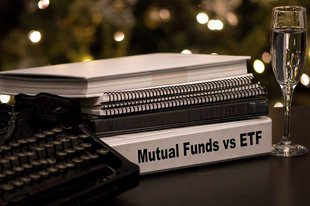ETF vs Mutual Fund: The Ultimate Guide for Smart Investors
ETFs (exchange traded funds) and mutual funds are popular investment vehicles that can help you diversify your portfolio. These funds typically invest in collections of individual stocks, bonds, and other asset classes.
While they share some similarities, ETFs and mutual funds differ in many ways.
For instance, you can trade ETFs intra-daily, just like stocks. Meanwhile, you can purchase mutual funds at a specific price at the end of each trading day.
Additionally, both options come in various types, each with different features, risks, and rewards.
Let’s address the "ETF vs mutual fund” dilemma by exploring the differences and similarities between these two funds. We’ll also explore why fine wine investing could be an excellent alternative, plus a reliable way to invest in fine wines (through Vinovest).
Further reading
- Find out if you can invest in Wine ETFs, and a better way to invest in wine.
- If you'd like to explore profitable assets in the stock market, check out the 15 Best Wine Stocks to invest in.
ETF vs Mutual Fund: 7 Key Differences
Here are the differences between ETFs and mutual funds to help you understand the unique characteristics of each investment vehicle.
- Trading Methods
- Management Strategies
- Pricing
- Minimum Investment Amount
- Expense Ratio and Other Trading Costs
- Tax Efficiency
- Legal Classifications
1. Trading Methods
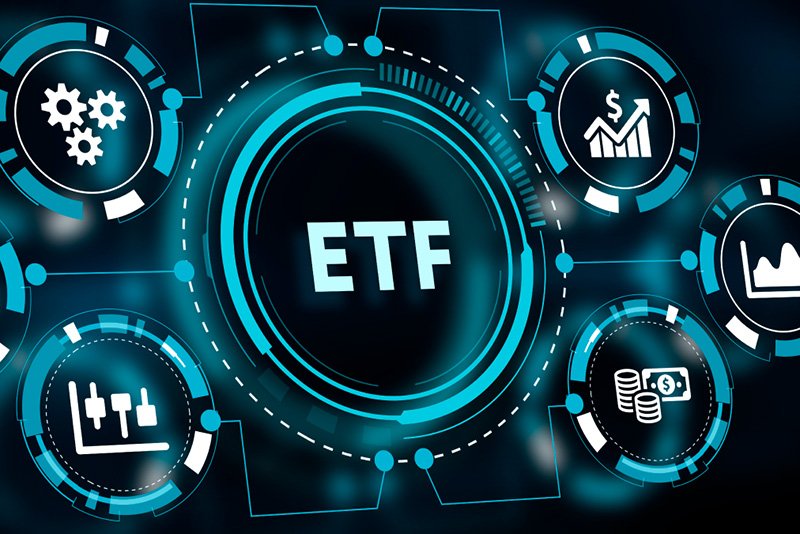
The fundamental difference between mutual funds and ETFs lies in the way you trade them.
For example, an exchange traded fund (ETF) trades on an exchange, just like stocks. This means you can buy and sell ETF shares throughout market hours.
You can place various types of ETF orders, such as:
- Market order: Involves buying or selling an ETF share at the best available market price.
- Limit order: Allows you to trade an ETF share at a specific price. This gives you control over the price but doesn’t guarantee that the order will go through.
- Stop order: A type of order that’s executed as a market order only if the ETF's price reaches a specified trigger price.
- Short sell: An order to sell an ETF you don't own with the expectation to repurchase it later at a lower price.
But trading mutual funds is different. All you need to do is instruct your broker to buy or sell shares.
The broker executes the transaction based on the fund's NAV (Net Asset Value), which is calculated at the end of the trading day. This means you can buy and sell a mutual fund only once a day.
2. Management Strategies

ETFs are usually managed passively. But you may also come across an active ETF that operates just like a mutual fund — like the ARK Innovation ETF (ARKK).
ETFs track a specific market or a sector index, such as the S&P 500 or the Morningstar Exponential Technologies Index. In fact, they don’t try to beat the market but aim to match its performance.
Conversely, mutual funds are traditionally managed actively by a team of fund managers. The fund managers buy and sell securities in the fund's portfolio and make crucial asset allocation decisions.
This active management strategy ensures that the fund’s portfolio is constantly adjusted to market conditions, mitigates risk, and secures higher returns. The ultimate goal of an active mutual fund is to outperform the market.
But it’s common to find an index mutual fund, like the Fidelity 500 Index Fund (FXAIX), that tracks passive index funds. Such a fund is designed to mimic or replicate the performance of a specific market index.
3. Pricing

You can buy or sell an ETF on a stock exchange during trading hours. But its market price fluctuates throughout the trading day based on demand and supply. So, this may not give you a fair assessment of the value of a fund’s share.
But there’s another ETF “price” that may differ slightly from the market price — the fund's Net Asset Value (NAV).
An ETF or mutual fund’s NAV represents the total value of its assets, including cash, shares, bonds, financial derivatives, and other securities (minus any liabilities). This value is then divided by the number of shares outstanding.
Unlike the market price, NAV can help you to determine the fair value of a fund’s share and make an informed investment decision.
For mutual funds, the “buy” and “sell” transactions are based on the NAV calculated at the end of the trading day, not the current market price.
It’s also worth noting that an index mutual fund is traded and priced just like a traditional mutual fund.
4. Minimum Investment Amount

Mutual funds can have high entry costs, with a minimum initial investment ranging between $500 - $5000 usually.
Meanwhile, an exchange traded fund offers a more accessible route because you can purchase it by share or dollar value.
And with the rise in fractional shares trading (a trading method where you can buy less than an ETF’s full share), the barrier to entry can be as low as $1 or $5.
5. Expense Ratio and Other Trading Costs
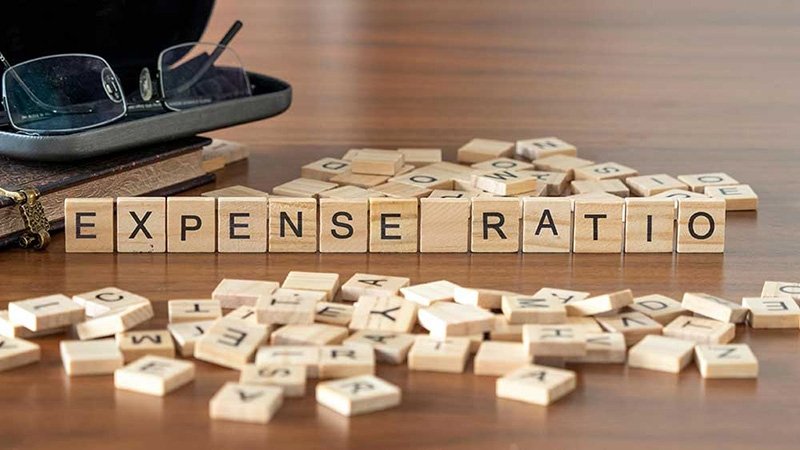
An actively managed mutual fund or an actively managed ETF charges investors an annual management fee. The fund manager uses this amount to cover a wide range of costs, including intrinsic tasks of portfolio management and administration.
The expense ratio is the annual fee (expressed as a percentage) that covers the costs of managing and operating a mutual fund or ETF. This fee can vary from one actively managed fund to another.
Since ETFs are often managed passively, they have a lower expense ratio than mutual funds.
The expense ratio of an actively managed ETF typically ranges from 0.16% - 0.50% and rarely exceeds 1%. But the expense ratio of an actively managed mutual fund is between 0.5% and 1.0% and rarely exceeds 2.5%.
In addition to the expense ratio, there are other trading costs associated with ETFs and mutual funds, including:
- Commissions: These are fees you pay to your brokerage firm to buy or sell shares of an ETF or mutual fund. ETFs typically have lower commissions than mutual funds.
- Bid-ask Spread: The bid-ask spread is the difference between the price a buyer is willing to pay for a security and the price a seller is willing to accept. The wider the spread, the more it will cost you to buy or sell a security. ETFs typically have lower bid-ask spreads than mutual funds.
- Premium/Discount to NAV: ETFs and mutual funds may frequently trade at prices either above (premium) or below (discount) their Net Asset Value (NAV). This premium or discount is more noticeable in ETFs compared to mutual funds. Remember, mutual funds trade at their NAVs, while ETFs trade at their current market price.
- Redemption Fee: Mutual fund managers usually charge investors a redemption fee (or exit fee) on selling their shares within a specified period. ETFs typically don’t have redemption fees like mutual funds because investors trade them like stocks.
The bottom line?
An investment fund like an ETF tends to have lower fees (lower expense ratio) and trading costs than a mutual fund. Similarly, an active ETF usually has a higher expense ratio than passive ETFs.
6. Tax Efficiency

Exchange traded funds (especially passive ETFs) are typically more tax-efficient than mutual funds.
Why?
Being passively managed, such ETFs don’t trade securities as frequently as actively managed mutual funds. This translates to fewer "taxable events" for an ETF shareholder.
Besides, ETF investors trade their shares with other investors on a stock market exchange. This means the fund need not sell its holding to meet investor redemptions — which could otherwise attract capital gain taxes.
Meanwhile, mutual fund managers trade securities more frequently than ETFs. This leads to more capital gain distributions, which can be a source of taxable income for a mutual fund investor.
7. Legal Classifications

The three legal classifications of ETFs are:
- Exchange-Traded Open-End Fund: These ETFs are registered as open-end management companies. It means they operate like a mutual fund but can be bought and sold on an exchange throughout the trading day.
- Exchange-Traded Unit Investment Trust (UIT): This ETF holds a fixed portfolio of securities with a specified maturity date. It provides investors with more predictability but less flexibility.
- Exchange-Traded Grantor Trust: An ETF that allows investors to own underlying shares directly but offers less flexibility in trading and tax management.
Meanwhile, mutual funds are classified as:
- Open-End Fund: These are the most common type of mutual funds. They are called "open-end" because the fund company is always willing to issue new shares and redeem existing shares at the fund’s NAV.
- Closed-End Fund: These funds issue a fixed number of shares and do not issue new shares with growing demand. They’re traded like stocks on an exchange. And based on the demand and supply, they’re priced at a premium or discount to the NAV.
But despite their differences, ETFs and mutual funds share some similarities.
ETF vs Mutual Fund: 5 Main Similarities
ETFs are similar to mutual funds in the following ways:
- Wide Variety of Investment Options
- Liquidity
- Trading Convenience
- Common Risk Factors
- Lack of Control in Choosing Individual Securities
1. Wide Variety of Investment Options

ETFs and mutual funds offer various investment options, including stocks, bonds, and commodities. This allows you to diversify your portfolios and invest in different asset classes.
2. Liquidity
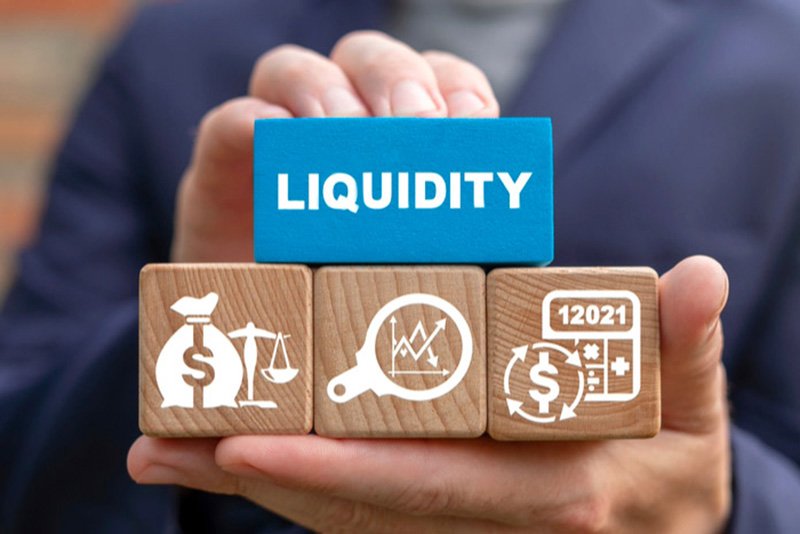
Both investment funds are highly liquid, meaning you can buy and sell them easily.
But ETFs are slightly more liquid than mutual funds since you trade them intra-daily, plus they usually do not attract an exit fee from an investor.
3. Trading Convenience
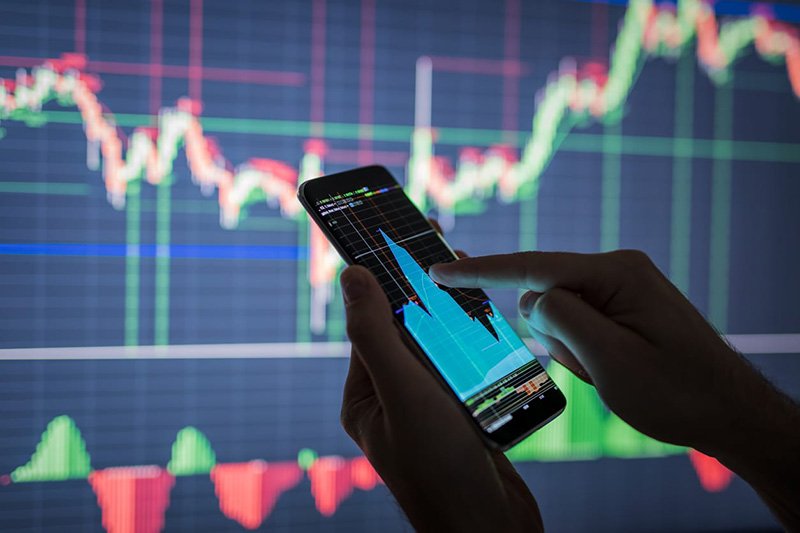
You can trade ETFs and mutual funds through a brokerage account. This makes it easy for you to buy and sell shares.
You can also easily redeem (liquidate) units of ETFs and mutual fund schemes to meet your financial needs on any business day.
4. Common Risk Factors

Both ETFs and mutual funds are subject to the same common risk factors, such as performance risk, inflation, and market volatility.
This means you should carefully consider your risk tolerance before investing in either type of fund.
5. Lack of Control in Choosing Individual Securities

When you invest in an ETF or mutual fund, you essentially buy a basket of securities. But you don’t get to choose which securities are in the basket.
This is in contrast to investing in an individual stock or bond, where you have more control over the specific securities you purchase.
4 FAQs About ETFs and Mutual Funds
Here are the answers to any questions you may have about these two investment funds:
1. What Are the Common Types of ETFs?
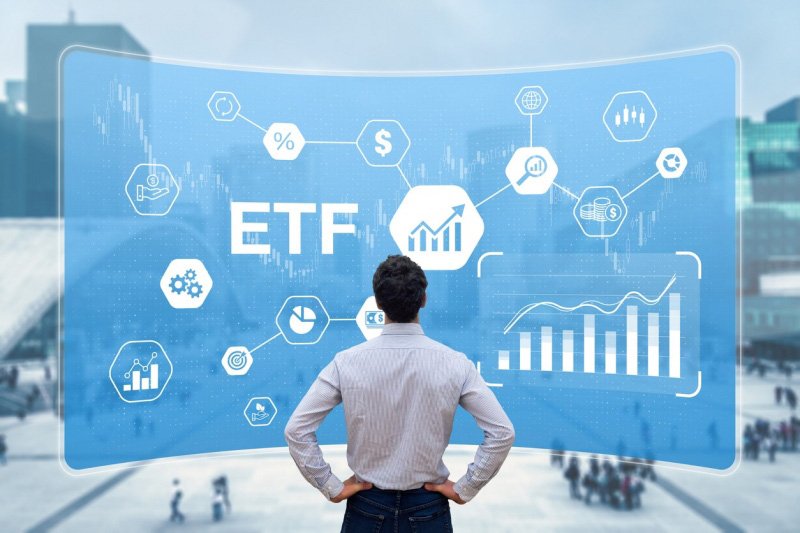
There are typically five types of Exchange Traded Funds (ETFs):
- Equity ETFs: These funds are tied to a specific index or sector, giving you exposure to a diversified set of assets. They’re ideal for those looking to benefit from market trends without buying individual shares.
- Fixed Income ETFs: They invest in bonds or other debt securities. These ETFs can be a good fit if you're seeking regular income.
- Currency ETFs:Looking to dabble in forex markets without the complexity? These ETFs can help you track the performance of specific currencies.
- Specialty ETFs: These ETFs cater to unique investment objectives — from socially responsible investing to strategies based on specific trends.
- Commodity ETFs: These ETFs offer direct exposure to the prices of commodities such as gold, oil, or agricultural products. For instance, a gold ETF aims to track the price of physical gold in the domestic market. In this case, each ETF share unit is typically equivalent to one gram of gold.
2. What Are the Common Types of Mutual Funds?
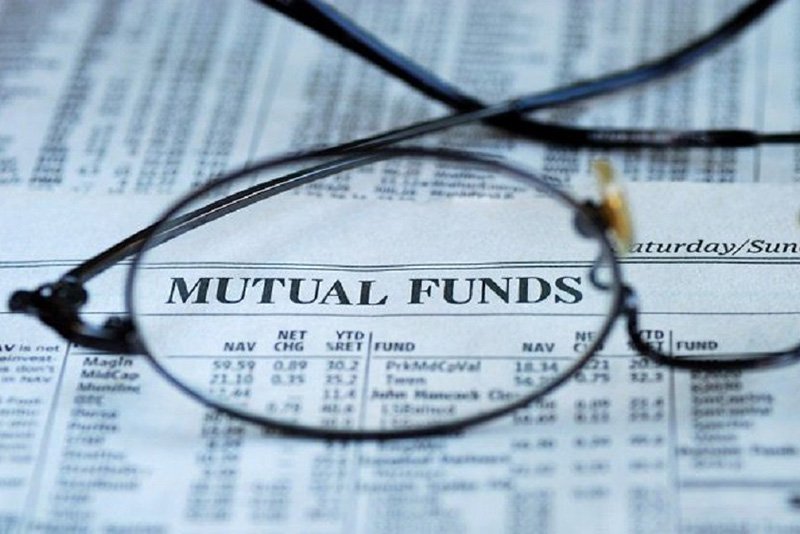
Here are the most common types of mutual funds:
- Equity Funds: These fundsinvest in stocks.They can either be large-cap funds (which invest in the stocks of large companies) or small-cap funds (which invest in the stocks of smaller companies).
- Debt Funds: Debt funds invest in bonds. They can either be government bond funds (which invest in bonds issued by the government) or corporate bond funds (which invest in bonds issued by companies).
- Hybrid Funds: These funds invest in multiple asset classes. They can be either balanced funds (which invest in a mix of stocks and bonds) or asset allocation funds (which invest in a range of asset classes, such as stocks, bonds, and cash).
- Tax-saving Funds: These investment funds offer tax benefits to investors. There are two main types of tax-saving funds — equity-linked savings schemes (ELSS) and unit-linked insurance plans (ULIPs).
- Pension Funds: Pension fundsaim to offer retirement income and can be categorized into two primary types — defined contribution funds and defined benefit funds.
3. Are ETFs More Volatile Than Mutual Funds?
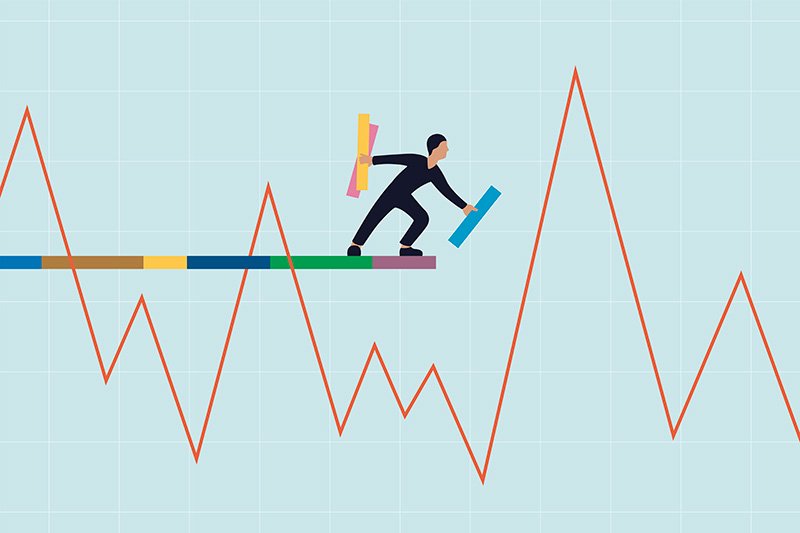
ETFs are not inherently more volatile than mutual funds. The volatility of an ETF or mutual fund depends on the underlying asset in its portfolio, not the fund’s structure.
4. When Should You Switch From Mutual Funds to ETFs?
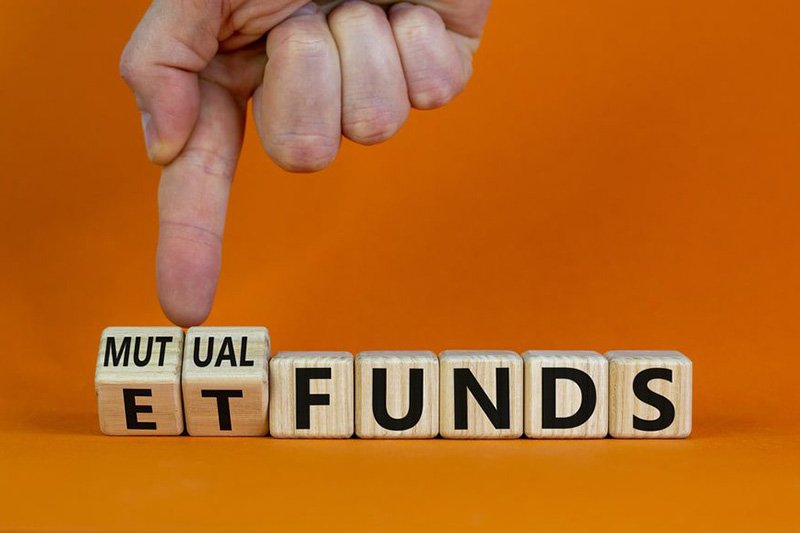
You can consider switching from mutual funds to ETFs if:
- You’re invested in a fund with a high expense ratio.
- You’re paying high taxes due to capital gain distributions.
- You want to invest in a wider range of securities. Remember, ETFs can track any index, while mutual funds are typically limited to tracking a specific market sector or asset class.
Coming to the big question:
What should you choose between ETFs and Mutual Funds?
Well, it depends on your investment objective. And if picking one is quite difficult, then you might need to seek investment advice from a professional.
But is there any other stable alternative investment you should consider?
Fine Wine Investment: A Stable Alternative For a Balanced Portfolio

Fine wine has historically been a valuable investment, and recent market data suggests that it may be a more reliable option than ETFs and mutual funds.
Here are some benefits of investing in fine wines:
- Tangible Asset: An investment-grade wine is a tangible asset that will appreciate in value and keep improving with age. And even if your fine wine doesn't generate returns in the future, you can just uncork the bottle and enjoy it.
- Less Volatile: Wine is not correlated to other assets, and this makes it less prone to market fluctuations. In 2022, the Liv-ex 1000 Fine Wine Index (which tracks the performance of the world's most traded fine wines) returned 22.28%, while the S&P 500 Index returned -18.01%.
- Luxury Good: Fine wine is a luxury good, meaning that the demand for it doesn’t change much in response to changes in price. This makes it a stable investment option even during economic downturns.
- Tax Benefits: In some countries, like the UK, fine wine is exempt from capital gains taxes. This can make it a more tax-efficient investment than other assets.
And that’s not all.
Intelligent wine platforms, like Vinovest, have made fine wine investing more accessible to a broader range of investors.
Invest in Fine Wines Through Vinovest
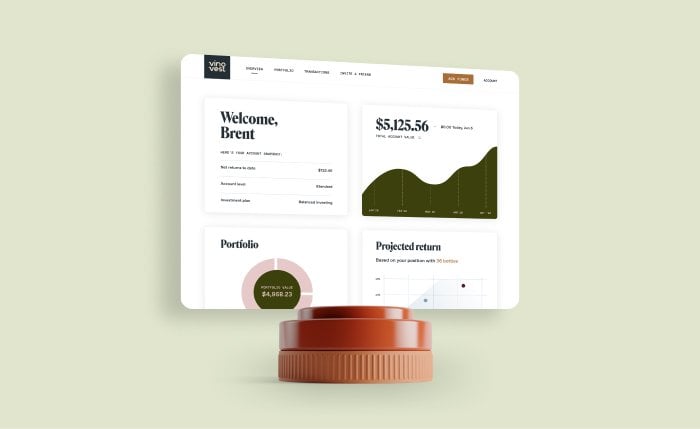
Vinovest is an online wine investment platform that helps you buy, store, and sell fine wines from around the world.
The Vinovest team leverages a global network of top wineries and trusted fine wine vintners to give you a portfolio of the best investment-grade wine bottles.
Getting started is simple:
- Sign up on the Vinovest website.
- Complete a brief questionnaire to help Vinovest build a personalized portfolio for your investment strategy.
- Kickstart your journey with an initial deposit of a minimum of $1,000.
- Vinovest experts will then handpick wines that resonate with your investment preferences.
Meanwhile, you can unwind and savor a glass of your favorite wine as you watch your portfolio flourish.
Here are some of the perks:
- Vinovest stores your precious collection in climate-controlled bonded warehouses that don’t charge excise duty or VAT.
- Your wine bottles are fully insured.
- You can get a bottle from your collection shipped to your doorstep should you decide to pop open a bottle.
- You retain full ownership of your wines.
Diversify Your Portfolio With ETFs, Mutual Funds, and Fine Wine

Choosing between an ETF or a mutual fund comes down to your financial and investment goal, risk tolerance, budget, and other variables.
ETFs are a good choice if you have a tight budget, trade frequently, or seek a more tax-efficient investment. Meanwhile, mutual funds could be more suitable if you’re looking to hold your investments for the long term or want the convenience of a professional fund manager.
Having said that, both options are heavily tied to market conditions.
Thankfully, fine wines offer a more stable option to diversify your investment portfolio.
So, check out the Vinovest websitetoday to start your fine wine investment journey.
